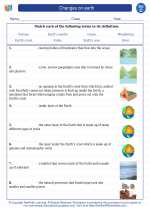Heart
The heart is a vital organ that pumps blood throughout the body, supplying cells with oxygen and nutrients while also removing waste products. It is located in the chest, slightly to the left of the midline, and is protected by the ribcage.
Anatomy of the Heart
The heart is composed of four chambers: the right atrium, right ventricle, left atrium, and left ventricle. The atria receive blood from the body and lungs, while the ventricles pump blood out to the body and lungs. Valves between the chambers prevent backward flow of blood.
Function of the Heart
When the heart beats, it contracts and relaxes in a rhythmic cycle. This pumping action forces blood through the circulatory system, delivering oxygen and nutrients to the body's tissues and organs.
Circulation
The heart is part of the circulatory system, which includes blood vessels such as arteries, veins, and capillaries. Deoxygenated blood from the body enters the right atrium, then flows to the right ventricle and is pumped to the lungs for oxygenation. Oxygenated blood returns to the left atrium, flows to the left ventricle, and is pumped out to the rest of the body.
Study Guide
- What are the four chambers of the heart?
- Describe the function of the heart.
- Explain the circulation of blood through the heart.
- How is the heart protected in the body?
- What are the main components of the circulatory system?
◂Science Worksheets and Study Guides Third Grade. Changes on earth

 Activity Lesson
Activity Lesson
 Worksheet/Answer key
Worksheet/Answer key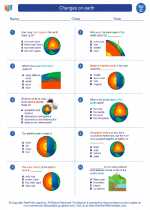
 Worksheet/Answer key
Worksheet/Answer key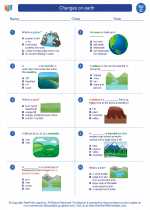
 Worksheet/Answer key
Worksheet/Answer key
 Worksheet/Answer key
Worksheet/Answer key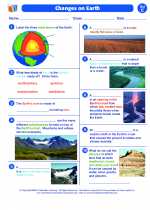
 Vocabulary/Answer key
Vocabulary/Answer key
 Vocabulary/Answer key
Vocabulary/Answer key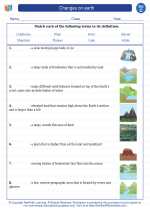
 Vocabulary/Answer key
Vocabulary/Answer key